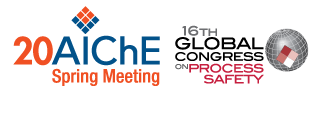

Identifying the direct cause and contributing factors is the first and most critical step to analyzing deeper questions of causation. Then, understanding the root cause(s) of an incident or near miss may allow the facility to prevent recurrence or the occurrence of other, related events. However, the quality of the RCA is directly related to the quality of the incident investigation. The RCA necessitates that the distinct elements of the incident and the direct cause(s) are known and understood.
In practice, various internal and external priorities may shift the focus to implementation of corrective actions before all pertinent facts have been collected and analyzed. An incomplete data gathering effort can result in the loss or omission of critical information, and the misallocation of resources to implement corrective actions based upon flawed conclusions. Perhaps most importantly, the belief that a direct cause has been properly identified, and its root causes eliminated, may lead to a false sense of resilience despite the persistence of an unidentified hazard.
This presentation examines the differences between these approaches based on the analytical methods, applies case studies of the authors’ collective experience, and asks the question: when can you confidently transition from incident investigation to root cause analysis?
Presenter(s)
Language
Pricing
Individuals
| AIChE Member Credits | 0.5 |
| AIChE Pro Members | $19.00 |
| Employees of CCPS Member Companies | Free |
| AIChE Graduate Student Members | Free |
| AIChE Undergraduate Student Members | Free |
| AIChE Explorer Members | $29.00 |
| Non-Members | $29.00 |
